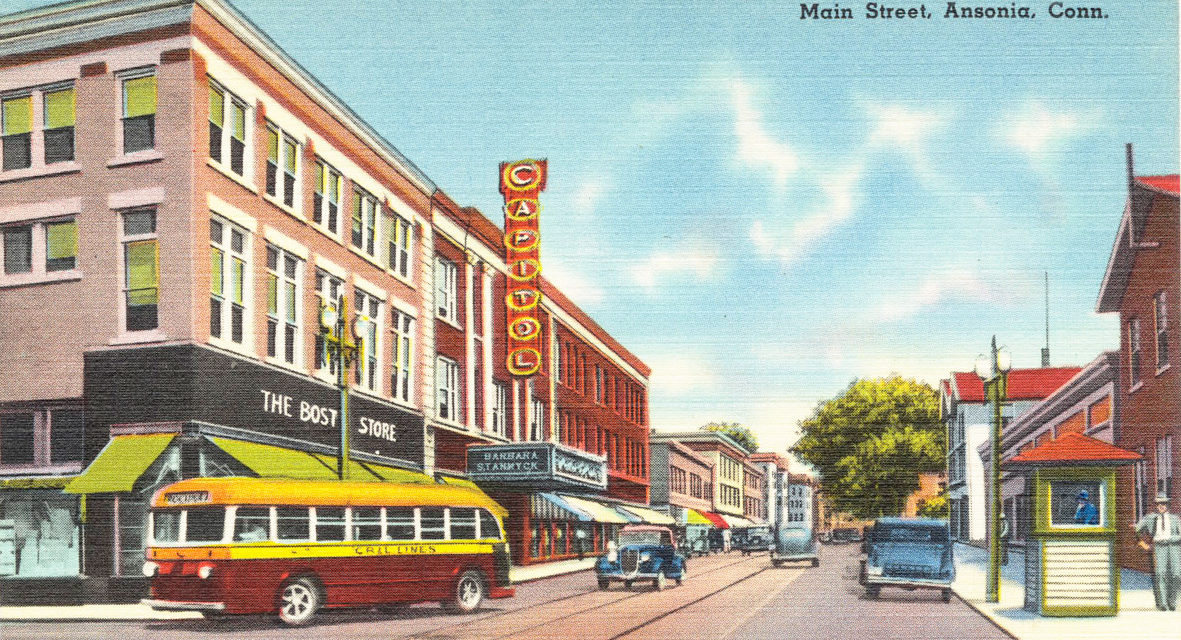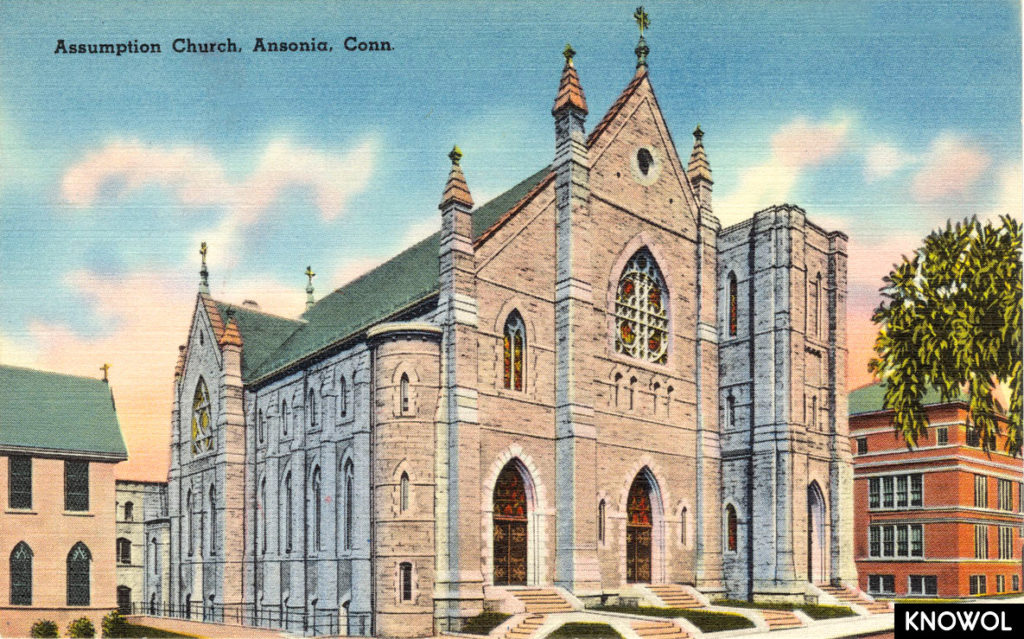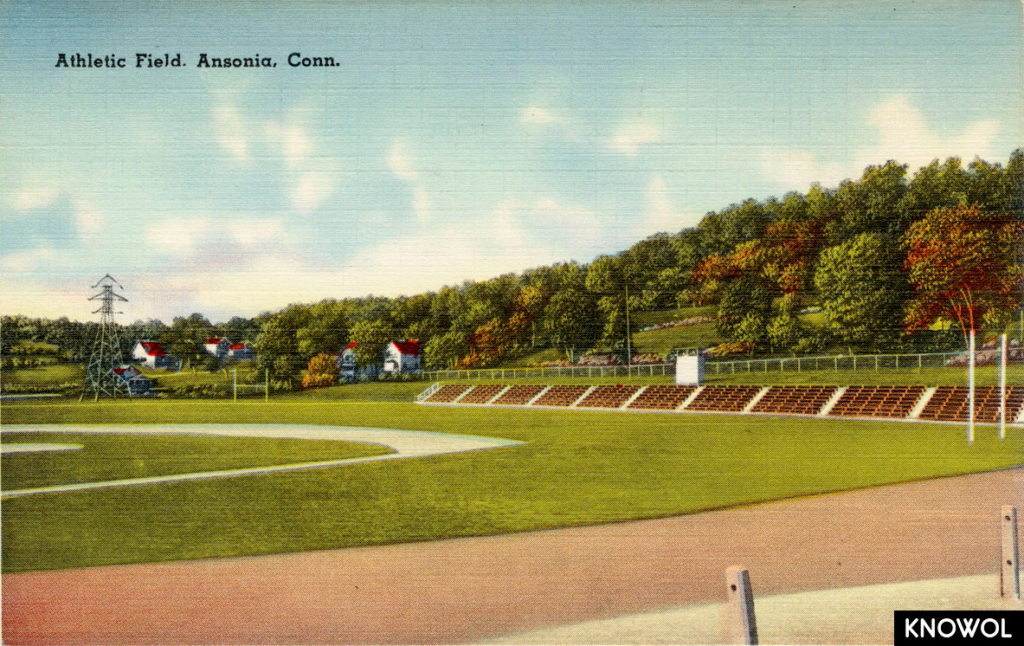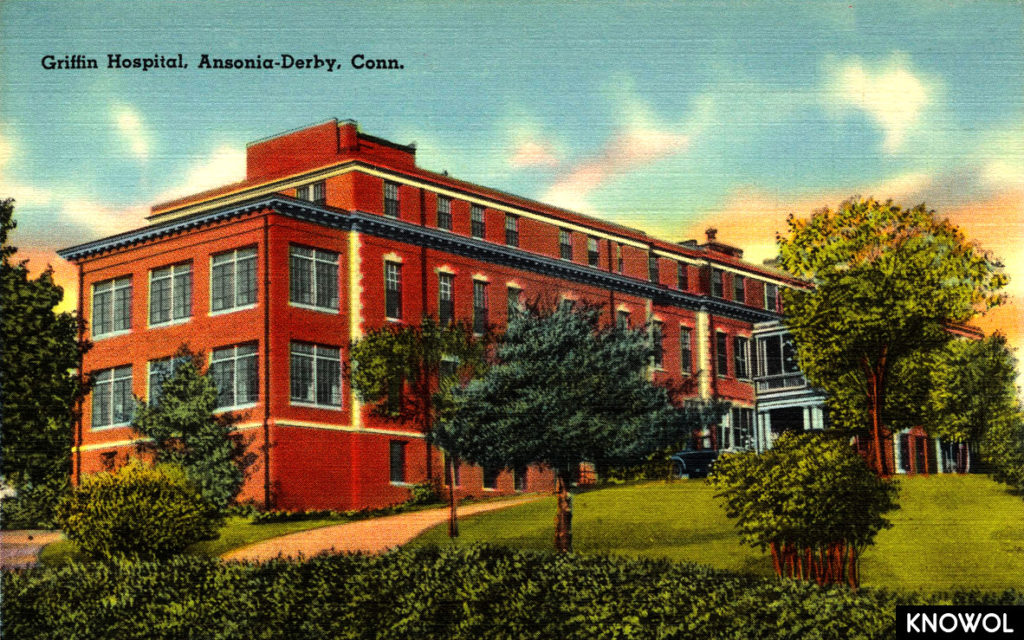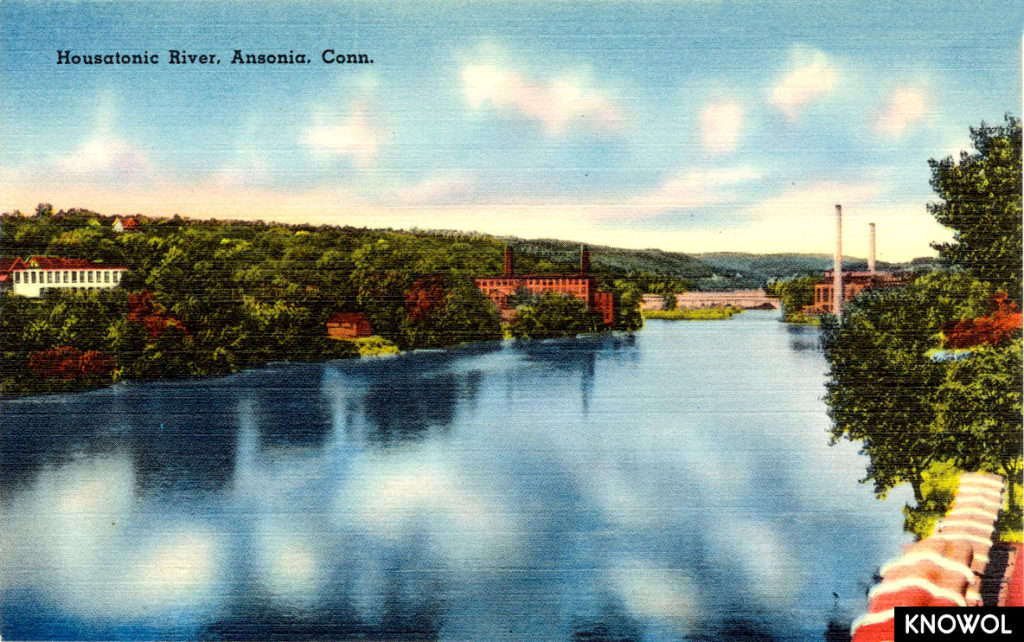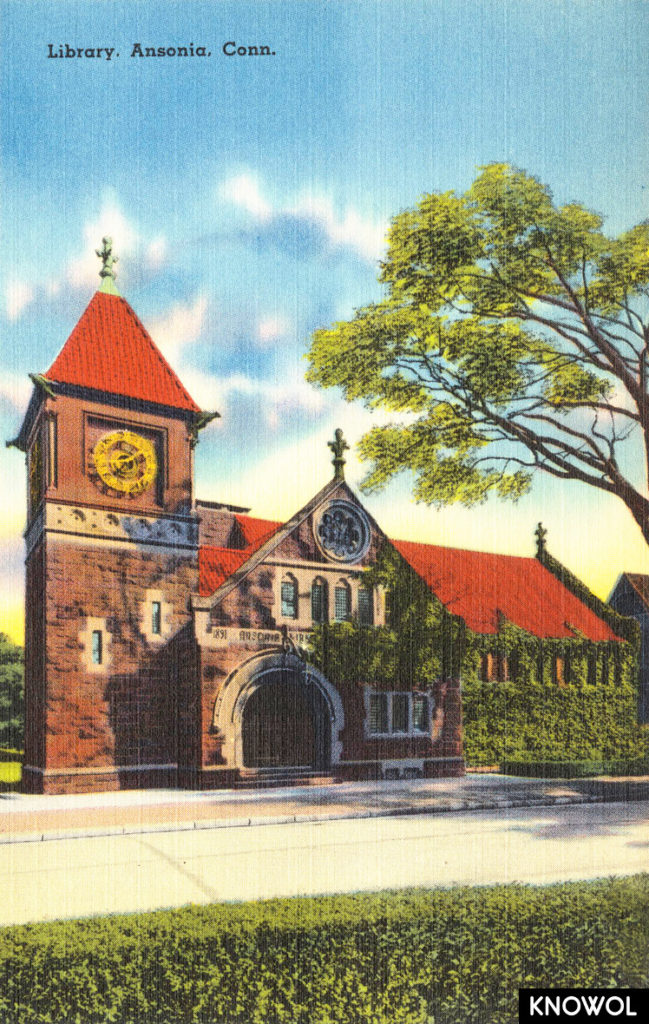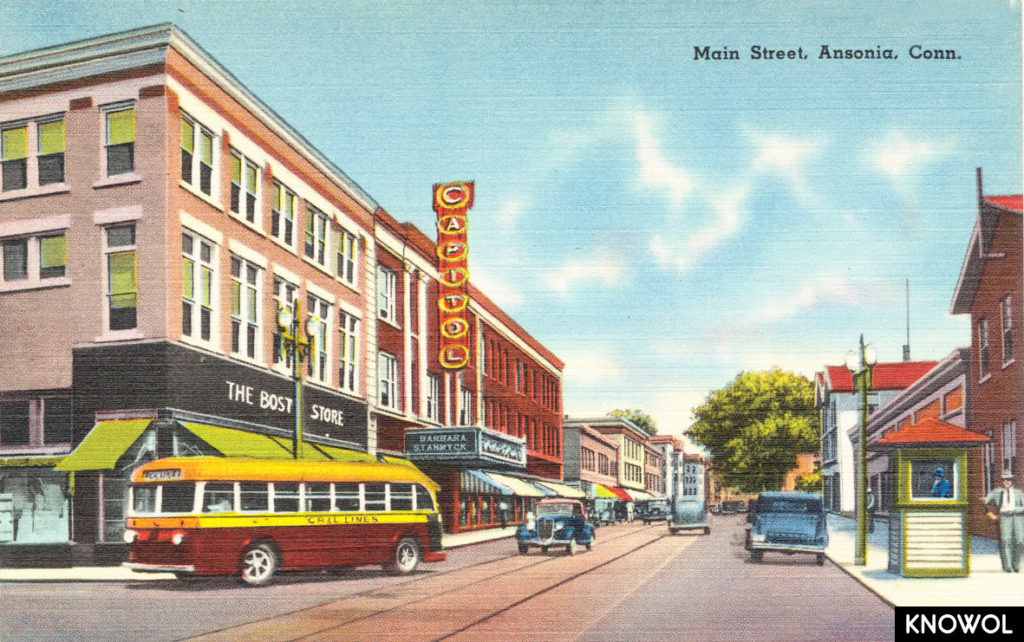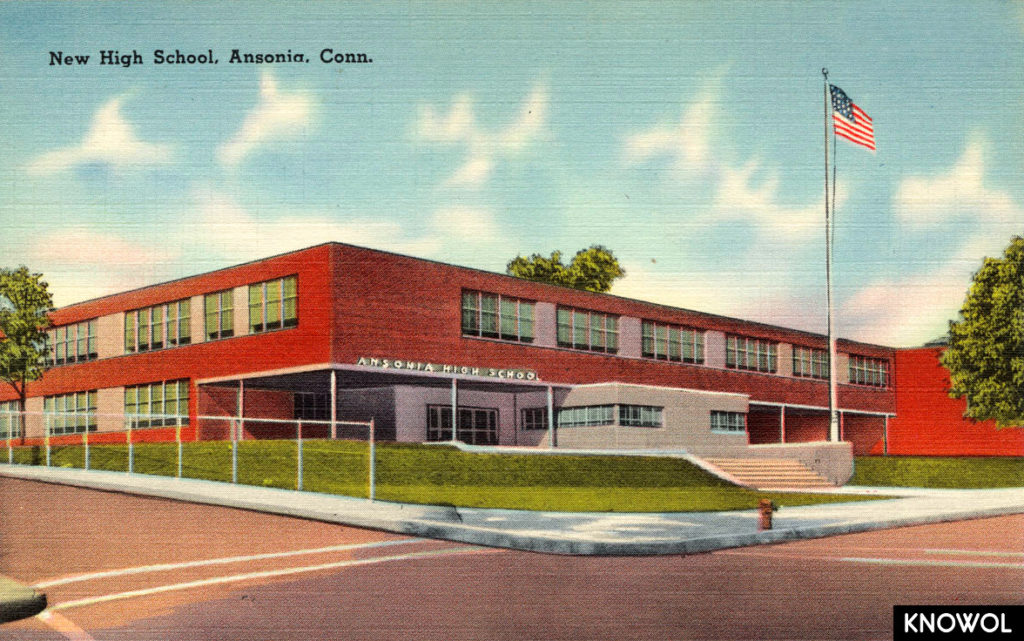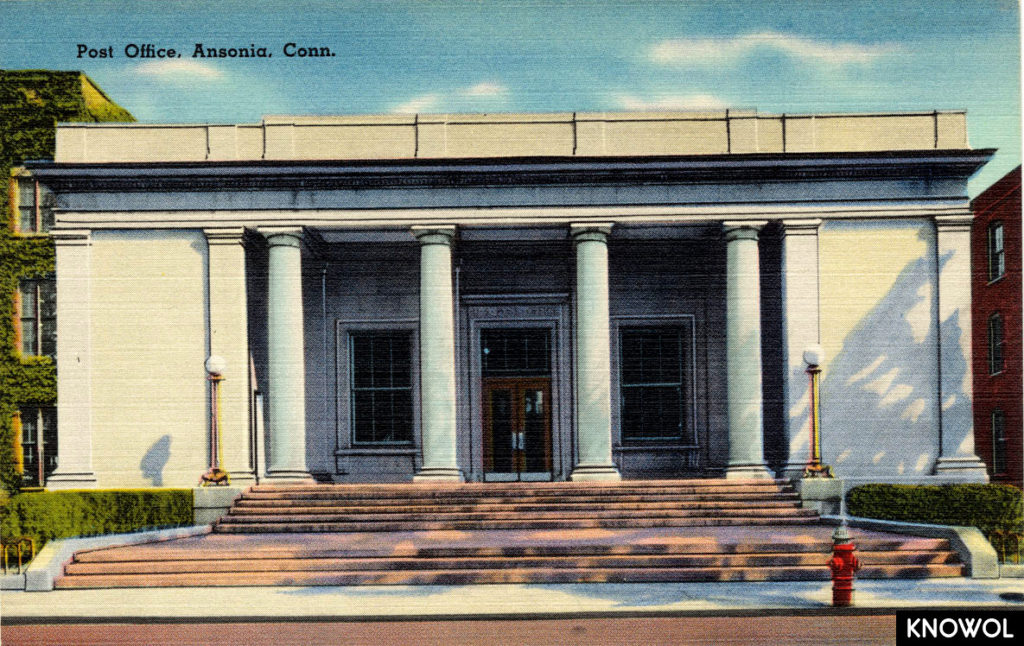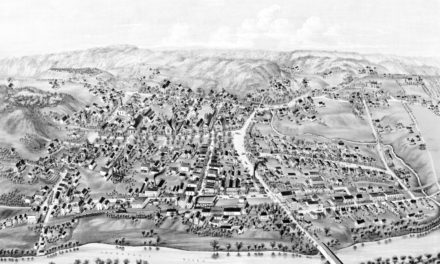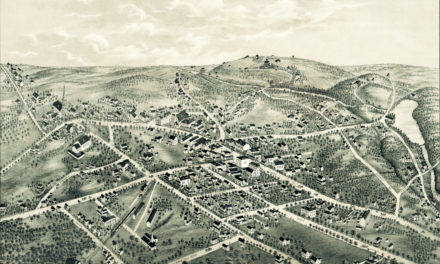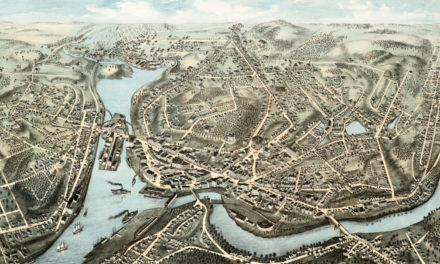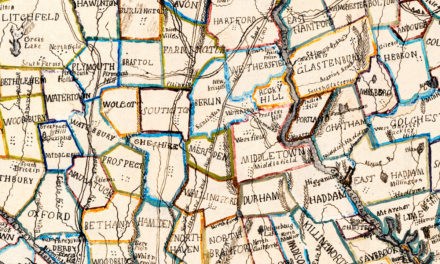Ansonia is a city in New Haven County, Connecticut that was first settled by English colonists in 1652. Ansonia was originally part of the neighboring town of Derby, and the land on which Ansonia stands was originally called the Little Neck, because the land formed a neck by the Naugatuck river and Beaver brook.
Plum Meadow composed part of this neck, with land lying low between the river and the brook. Thomas Wooster, the son of Edward Wooster, was the first man to own any of the territory of this Little Neck. He was granted one half of Plum Meadow in 1860. His father was the first settler of Derby.
Assumption Church, Ansonia, CT
Ansonia’s Assumption Church was designed by architect Patrick Charles Keely of Brooklyn, New York. Keely was a prolific architect who designed every 19th-century Catholic cathedral in New England, and some 600 churches and other institutional buildings for the Roman Catholic Church in the U.S. and Canada. The first stone of the church was laid on September 16, 1889, and it was not completed until 1907.
Athletic Field. Ansonia, CT
The area around the old mill and along the road on the east side of Beaver Brook below the dam is called the North End, and it is still recognized by that name. In 1880 Ansonia was described as,
“This flourishing and enterprising part of the town is located over a mile above Derby Narrows and Birmingham. On the east and west the hills gradually rise from the Naugatuck, forming a picturesque landscape on either side. Forty years ago a large portion of the locality was a sandy plain with a few scattered farm residences on the elevated grounds.
Ansonia proper, or within the borough limits, contains 456 dwelling, capable of accomodating 600 families, but many of these houses are palatial residences and the surrounding lawns beautified with ornamental trees and shrubbery.
There are twelve factories, five churches, two banks, thirty-four stores of all kinds, three school-houses, three drug stores, three coal yards, four meat markets, and a great variety of shops where different kinds of goods are made and retailed. The factories are located on the east side of the Naugatuck, and are mostly built of brick or stone.”
Fitzpatrick’s Service Center. Ansonia, CT
Fitzpatrick’s Inc. was a Plymouth dealer located on Factory Street in Ansonia in the 1950’s. Their slogan was, “We make service a science.”
Griffin Hospital. Ansonia-Derby, CT
The first survey of the grounds now teeming with the busy life of Ansonia was made by John Clouse, Anson G. Phelps, Almon Farrell and others. After nearly a day of hiking around the land, Clouse planted himself upon a high rock near where the Congregational Church now stands, and casting his eyes around, said,
“Mr. Phelps, this is one of the finest places for a village in this Western world. I would be content here to live and die, and be buried near this very spot with no other monument to my name than this rock and the memory of those who may come after me.”
Housatonic River. Ansonia, CT
From the first building erected on Main Street, Ansonia has steadily grown in wealth, population and enterprise. This postcard is labeled “Housatonic River”, but the Housatonic does not flow through Ansonia. This is likely a misprint and the card is meant to say “Naugatuck River”, which does flow through Ansonia.
Ansonia Public Library
The first public library in Ansonia was gifted to the town by Caroline Phelps Stokes, the granddaughter of Ansonia’s founder, Anson Phelps. The building was dedicated in 1892, but sat vacant for four years because the town refused to provide the annual $1,500 operating expenses. The town administrators finally relented in 1896, and the Ansonia Library opened its doors.
Main Street in Ansonia, CT
Ansonia’s Main Street as it used to look in the 1950’s. In the decades following the flood of 1955 and suburbanization, Ansonia’s Main Street fell into decline as retail shoppers decamped to the Ansonia Mall at its far end. (This has been replaced by a Big Y supermarket.) Later other malls attracted shoppers to nearby Milford, Trumbull, and Waterbury. Since the late 20th century, Ansonia’s Main Street has been restored by the opening of several small shops, retail businesses and restaurants.
Ansonia High School, CT
What was Ansonia High School in the 1950’s, is now the Ansonia Middle School. The building was constructed in 1937 with the assistance of federal Public Works Administration (P.W.A.) funds.
“The plan of this building is a departure from the customary school plan. The auditorium is separated from the classroom wing by an open porch, above which are classrooms. The building contains 24 classrooms, administrative offices, a small clinic, a gymnasium, and an auditorium seating 752 students and having a well-equipped stage. The shape of the structure allows extensive playing fields on the property. The construction consists of salmon-colored brick backed with tile for exterior walls, concrete floor slabs supported by Lally columns, structural steel girders, and beams. The volume of the building is 1,200,000 cubic feet. It was completed in October 1937 at a construction cost of $412,251 and a project cost of $459,391.” (Short and Stanley-Brown) PWA Docket No. CT [W] 1056
Ansonia Post Office, CT
How did Ansonia get its name? That story is told in the book, The History of the Old Town of Derby, Connecticut, 1642-1880, by Samuel Orcutt and Ambrose Beardsley.
“Anson Phelps was at Doctor Beardley’s dinner table one day, and said, “Doctor, we are in a quandary as to what name to give our new village. Some are in favor of calling it Phelpsville, but I have one place by that name already.”
The doctor remarked, “I suppose you would like your name associated with the place.” “That would be very desirable,” said Phelps.
Impromptu, the doctor said, “Take your Christian name, Anson, and make a Latin name of it and call it Ansonia; this will be euphonious, rather poetical, and will carry your name down to the latest generation.” Instantly Mr. Phelps dropped his knife and fork, and exclaimed.
“That’s the name; it suits me exactly;” and at the next meeting of the company it was adopted, and hence it was called Ansonia.”
If you enjoyed this, please share it with your friends!

